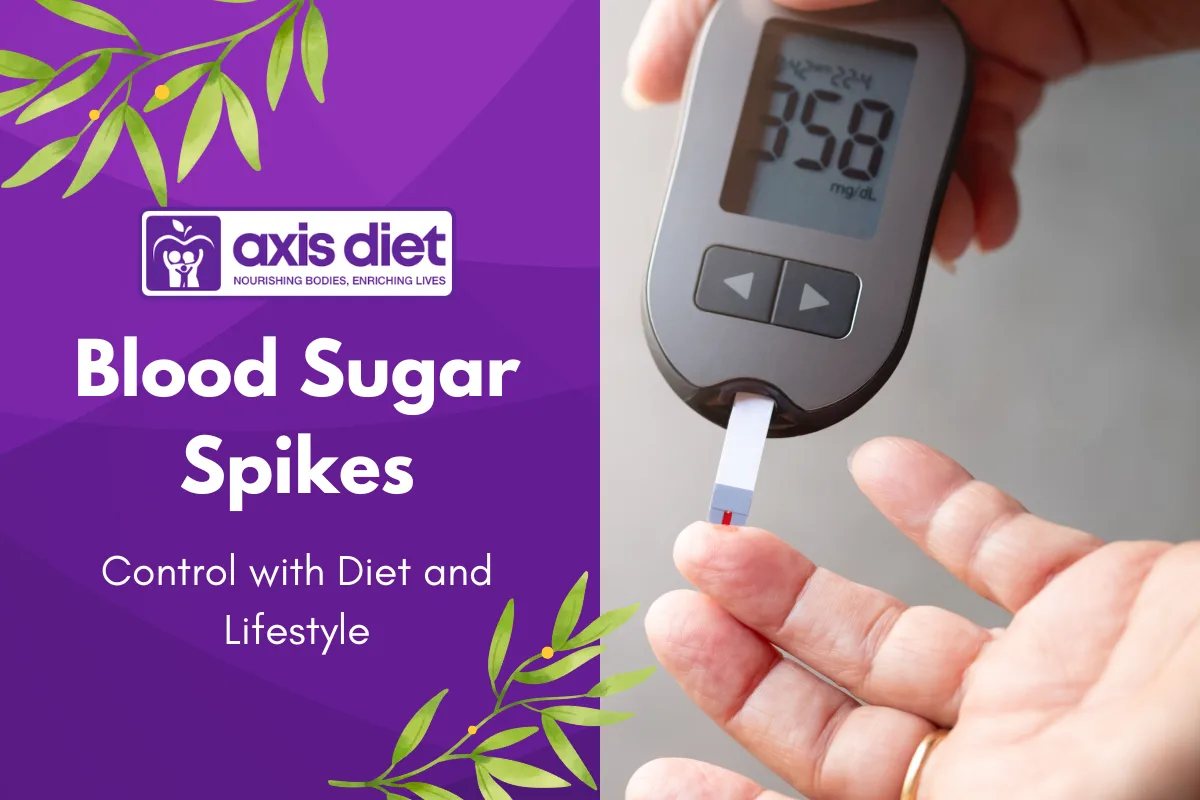Have you ever found yourself completely full after a meal but still unable to resist a dessert? Science now has an explanation. Researchers from the Max Planck Institute for Metabolism Research in Cologne have discovered that the “dessert stomach” is rooted in the brain itself. The same neurons that signal satiety also trigger a craving for sweets, a phenomenon linked to our evolutionary survival mechanisms. Understanding this biological pathway not only explains our love for sugar but also offers insights into new treatments for obesity. Let’s dive into the fascinating science of why we crave sweets, even when we’re already full.
Full But Still Hungry for Sweets
For years, researchers have believed that POMC (pro-opiomelanocortin) neurons in the brain are primarily responsible for signaling satiety, helping us regulate food intake and stop eating when we’ve had enough. However, new research reveals that these very neurons are also involved in driving sugar cravings.
Experiments conducted on mice showed that even when the animals were completely full, they still consumed sugar when given the opportunity. This behavior suggested that a separate mechanism was at play, distinct from hunger-driven eating. The key finding was that POMC neurons don’t simply turn off after signaling fullness. Instead, they take on a new role: releasing β-endorphin, a natural opioid associated with pleasure and reward.
How Does β-Endorphin Drive Sweets Craving?
β-endorphin acts on opiate receptors in the brain, creating a sensation of reward and pleasure. This leads to a reinforced craving for sugar, making individuals eat even when they do not need additional energy. The research found that:
- Blocking this opioid pathway stopped the mice from consuming additional sugar—but only when they were already full.
- If the mice were hungry, blocking β-endorphin had no effect—showing that sugar cravings operate separately from hunger-driven eating.
This suggests that our craving for sugar is not just about energy needs—it’s about the brain’s reward system being triggered by sugar itself.
Sugar Starts Working Before We Even Taste It
One of the most surprising discoveries in the study was that the brain anticipates sugar consumption before it even happens.
Researchers observed that mice who had never tasted sugar before still showed a strong neurological response the moment sugar touched their tongues. This was due to the immediate release of β-endorphin in the “dessert stomach” region of the brain.
The Pre-Taste Sugar Effect
- Visual and olfactory cues alone (seeing or smelling sweets) can trigger the brain’s sugar anticipation response.
- The moment sugar enters the mouth, β-endorphin is released, priming the brain for more sugar consumption.
- The more sugar is consumed, the stronger this reinforcement becomes, creating a feedback loop of craving and indulgence.
Human trials confirmed this phenomenon: when volunteers received a sugar solution through a feeding tube, brain scans showed activity in the same region as in mice.
Evolutionary Perspective
From an evolutionary standpoint, this makes perfect sense. In the past, sugar was scarce in nature. Fruits ripened seasonally, and honey was difficult to obtain. Our ancestors had to consume as much sugar as possible whenever they found it to store energy for future scarcity.
This ancient survival mechanism is now working against us in a modern world where sugar is everywhere—leading to overconsumption, weight gain, and metabolic disorders.
How This Discovery Can Help Fight Obesity
While our natural craving for sugar once helped us survive, it now poses a major health challenge.
Modern diets are filled with processed sugars, and the food industry actively exploits our innate preference for sweets by adding sugar to nearly everything—from bread to sauces and even savory snacks. This leads to:
- Excessive calorie intake
- Increased risk of obesity and metabolic diseases
- Difficulty in controlling portions and meal satisfaction
Why Current Weight Loss Strategies Aren’t Enough
Most weight-loss treatments focus on reducing overall hunger rather than addressing the dessert-stomach effect. Appetite-suppressant injections, for example, help people feel full faster—but they don’t eliminate the urge to eat something sweet after a meal.
The Potential of Opioid-Blocking Medications
Medications that block opiate receptors already exist, but their weight-loss effects have been minimal. However, researchers now suggest that a combination therapy—using opioid blockers alongside appetite suppressants—might be much more effective.
This approach could:
- Reduce overall food intake
- Prevent sugar cravings after meals
- Help individuals stick to healthier eating patterns
Further research is needed, but this could represent a major breakthrough in obesity treatment.
Practical Strategies to Curb Dessert Cravings
Even without medical intervention, there are several strategies you can use to manage your sweet tooth:
1. Mindful Eating
Many people eat dessert out of habit, not true craving. Paying attention to portion sizes and eating slowly can help you recognize when you’re truly full, reducing the impulse to reach for dessert.
2. Increase Protein and Fiber Intake
Protein and fiber keep you full for longer and reduce the intensity of sugar cravings. Adding foods like eggs, lentils, nuts, and whole grains to your meals can make a big difference.
3. Swap Sugary Desserts for Healthy Alternatives
If you crave something sweet, try fruit, dark chocolate, or yogurt instead of processed desserts. These options satisfy your cravings without spiking your blood sugar levels.
4. Retrain Your Brain by Breaking the Habit
If you routinely eat dessert after meals, your body expects it. Try gradually reducing dessert frequency—maybe replacing every second dessert with a cup of herbal tea—to help your brain adjust.
5. Stay Hydrated
Thirst is often mistaken for sugar cravings. Drinking water after a meal can help prevent unnecessary snacking.
Conclusion: A Sweet Craving That’s Hardwired in Our Brains
The discovery of the “dessert stomach” mechanism sheds light on why we often crave sugar even after a full meal. Our brains are wired to seek out sugar as a high-energy food, reinforcing its consumption through a natural opioid response.
While this adaptation was beneficial for our ancestors, it now contributes to overeating, weight gain, and metabolic disorders in today’s world of abundant processed foods.
By understanding the neurological basis of sugar cravings, researchers hope to develop more effective treatments for obesity. In the meantime, being aware of this built-in tendency can help us make more mindful dietary choices.
Whether through lifestyle changes or future medical interventions, managing our “dessert stomach” might just be the key to healthier eating habits.
For more information, check out the original research: Max Planck Institute – Dessert Stomach Study.
Axis Diet is dedicated to empowering individuals with knowledge and practical advice for healthier living. Our articles, grounded in research and expert insights, aim to simplify complex nutritional concepts, offering a comprehensive understanding of various aspects of diet and wellness. While these articles are informative and a great starting point for anyone looking to improve their health, they are for informational purposes only. For personalized, professional guidance tailored to your unique health needs, we encourage you to consult with Axis Diet’s registered dietitians. Reach out to us for expert personalized guidance on your nutritional journey.






[…] concept behind diet soda is to offer a low-calorie or zero-calorie alternative to satisfy cravings for a fizzy, sweet beverage. It is often marketed as a healthier option for those looking to manage their weight or reduce […]